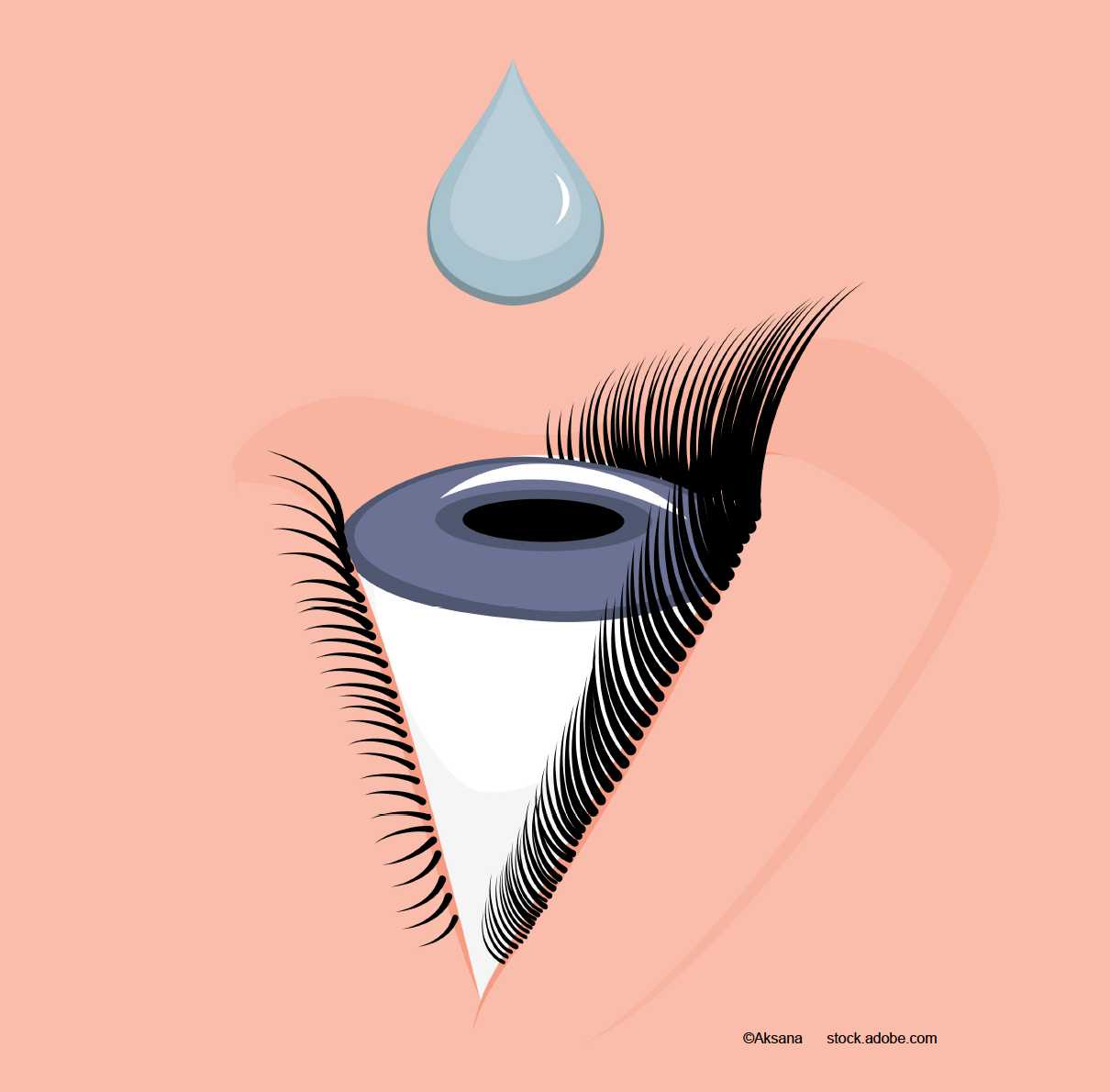- COVID-19
- Biosimilars
- Cataract Therapeutics
- DME
- Gene Therapy
- Workplace
- Ptosis
- Optic Relief
- Imaging
- Geographic Atrophy
- AMD
- Presbyopia
- Ocular Surface Disease
- Practice Management
- Pediatrics
- Surgery
- Therapeutics
- Optometry
- Retina
- Cataract
- Pharmacy
- IOL
- Dry Eye
- Understanding Antibiotic Resistance
- Refractive
- Cornea
- Glaucoma
- OCT
- Ocular Allergy
- Clinical Diagnosis
- Technology
Combination, monotherapy or sub-Tenon prophylaxis: similar results?
Investigators set out to better define therapeutic options for controlling the inflammatory response and reducing the risk of pseudophakic cystoid macular edema after cataract surgery.
Various formulations of anti-inflammatory prophylaxis in conjunction with cataract surgery performed similarly to control central subfield thickness.

Danish researchers reported that a comparison of a combination eye drop comprised of a corticosteroid and a nonsteroidal anti-inflammatory drug (NSAID) was not superior to either NSAID eye drop monotherapy or a sub-Tenon dexamethasone depot for controlling the postoperative central subfield thickness (CST) after uncomplicated cataract surgery. However, about half of the patients in the depot group needed additional therapy to control inflammation.
Controlling the inflammatory response and reducing the risk of pseudophakic cystoid macular edema after cataract surgery is important to patient safety and successful surgical outcomes, but cataract surgeons have no clear path to the appropriate choice, according to Jesper Hølberg Erichsen, MD, PhD, from the Department of Ophthalmology, Rigshospitalet Glostrup, Glostrup, Denmark.
To clarify the options, the investigators conducted a randomized, single-center clinical trial from February 1, 2018, to August 15, 2019, that included patients undergoing uncomplicated phacoemulsification for age-related cataract. One experienced surgeon performed all surgeries in 1 eye of each patient.
The investigators recounted that the patients were randomized to 1 of the following anti-inflammatory prophylactic interventions: a combination eye drop comprised of prednisolone, 1%, and ketorolac tromethamine, 0.5%, with/without preoperative initiation (preoperative prednisolone plus NSAID [control] and postoperative prednisolone plus NSAID groups); ketorolac monotherapy with/without preoperative initiation (preoperative and postoperative NSAID groups); or sub-Tenon depot of dexamethasone phosphate (sub-Tenon group). The eye drops were instilled 3 times daily for 3 weeks postoperatively. The CST 3 months postoperatively was the main outcome measure.
Anti-inflammatory regimen results
The investigators reported that the mean CSTs in all groups were very similar at the study endpoint in the 470 study patients (mean age, 72.2 years). Ninety-four patients were included in each of the study groups. Specifically, the mean CST was 250.7 μm in both the preoperative prednisolone plus NSAID group and the postoperative prednisolone plus NSAID group, 251.3 μm in the preoperative NSAID group, 249.2 μm in the postoperative NSAID group, and 255.2 μm in the sub-Tenon group.
No significant differences in CST or visual acuity were seen compared with the control or between the preoperative and postoperative groups. However, in the sub-Tenon depot group, 56.6% of 83 participants for whom data were available needed additional anti-inflammatory treatment.
Erichsen and colleagues concluded, “No differences in CST or visual acuity were detected between the combination of prednisolone and NSAID eye drops vs. NSAID monotherapy or sub-Tenon dexamethasone depot, although more than one-half of patients in the sub-Tenon arm received additional anti-inflammatory treatment. Initiating prophylaxis 3 days preoperatively was not superior to initiation on the day of surgery. Monotherapy with NSAIDs may be preferred in uncomplicated cataract surgery.”
Reference
Erichsen JH, Holm LM, Jacobsen MF, et al. Prednisolone and ketorolac vs ketorolac monotherapy or sub-Tenon prophylaxis for macular thickening in cataract surgery: a randomized clinical trial. JAMA Ophthalmol. 2021;139:1062-1070. doi: 10.1001/jamaophthalmol.2021.2976
